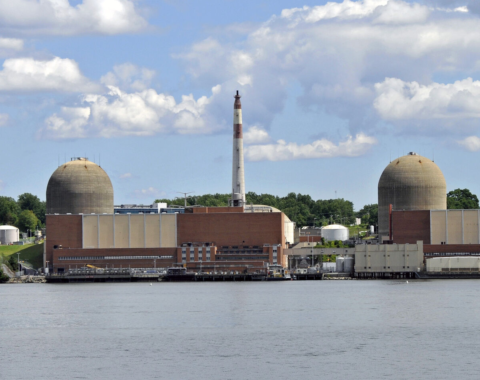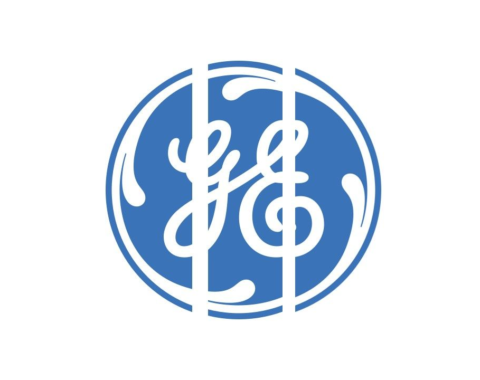The Large Hadron Collider (LHC), located near Geneva, Switzerland is most famous for its demonstration of the Higgs boson in 2012. This discovery, called by the media as the “God particle”, slotted into place the final keystone of the current classification of elementary particles. But the LHC has also netted dozens of hadrons or non-elementary particles – like protons and neutrons – these hadrons or non-elementary particles are made of quarks. In fact, this latest discovery, the “tetraquark”, makes a grand total of 62 non-elementary particles or hadrons revealed at the LHC.
The established pantheon of particles, called the standard model, describes the basic building blocks of matter and the fundamental forces that act on them. It includes six different varieties of quark, their six antimatter counterparts and several other elementary particles, including electrons and photons. The standard model also includes rules for how quarks form composite particles called hadrons. The quarks are held together by the strong nuclear force, one of the four fundamental forces of nature. The two most common quarks in nature are called ‘up’ and ‘down’; their possible combinations include neutrons (one up and two downs) and protons (two ups and one down).
Protons are the only hadrons known to be stable in isolation — neutrons are stable only when they are incorporated into atomic nuclei. All other hadrons form only fleetingly, from the collision of other particles, and decay in a fraction of a second. The LHC creates new kinds of hadrons by causing high-energy, head-on collisions between protons.
Most of LHC’s new hadron types have been spotted by LHCb, one of the four giant detectors in the 27-kilometer circular tunnel that holds the LHC This latest achievement unveiled the previously unknown hadron, made of four quarks, called a tetraquark – a four-quark hadron – called Tcc. Scientists believe that tetraquarks probably existed only during the first instants of the Universe, when all matter was compressed in an extremely tight space. Creating them anew will help physicists test their theories of how particles interact through the strong nuclear force.
The data revealed the new particle’s properties so precisely that they were stunned. “My first reaction was: it’s my mistake”. However, the particle’s mass, which is around 4 times that of a proton, was nailed with a margin of error nearly 3,000 times better than in the discovery of the Higgs boson.
The search for new hadrons will continue, as dozens of combinations of quarks can give rise to hadrons. Scientists at the LHC believe there are 50 possible 2-quark hadrons, all but one of which have been observed, and 75 possible quark triplets (and probably, as many triplets of antiquarks), of which nearly 50 have been seen. We are certain all the others exist, but they are difficult to create. Moreover, for each combination of quarks, there is an almost limitless number of possible heavier ‘excited states’ — distinguished, for example, by how fast they spin — each classified as a separate particle.



